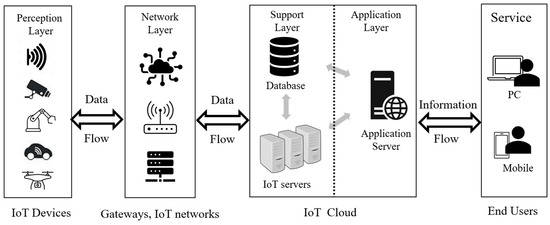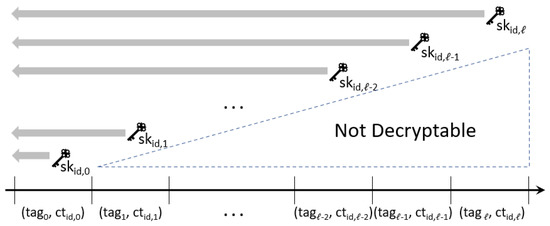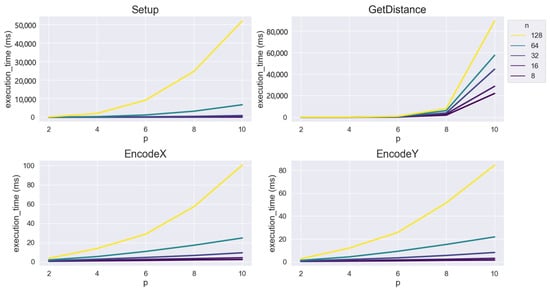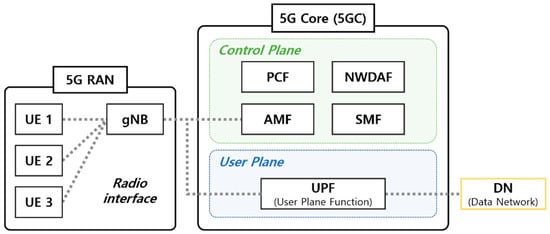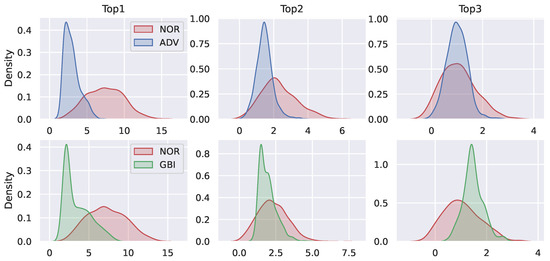Cryptography and Security in IoT and Sensor Networks
A topical collection in Sensors (ISSN 1424-8220). This collection belongs to the section "Sensor Networks".
Viewed by 19609Editors
Interests: 5G security; IoT security; authentication and access control; formal security analysis; mobile internet security
Special Issues, Collections and Topics in MDPI journals
Interests: threat intelligence; IoT and CPS security; cyber security; vulnerability assessment; 5G security; drone security; cryptography
Special Issues, Collections and Topics in MDPI journals
Interests: pervasive and mobile computing
Special Issues, Collections and Topics in MDPI journals
Topical Collection Information
Dear Colleagues,
The rapid advancement of the Internet of Things (IoT) and sensor networks is improving our quality of life and leading to a leap into a new world. It is of paramount importance to address various security threats and attacks for the successful establishment of such technologies. Accordingly, focusing on the aspect of cryptography and security for IoT and sensor networks, it is necessary to provide solid as well as evident solutions as countermeasures.
This Topical Collection aims to bring together current state-of-the-art research and future directions for cryptography and security in the IoT and sensor networks. For such a goal, we cordially invite researchers and engineers from both academia and industry to submit their original and novel work for inclusion in this Topical Collection. Tutorial or survey papers are also welcome.
The topics related to this collection include but are not limited to:
- Secure architecture and models in the IoT and sensor networks;
- Authentication and authorization in the IoT and sensor networks;
- Privacy, trust, and reliability in the IoT and sensor networks;
- Risk/threat assessment and management in the IoT and sensor networks;
- Block and stream ciphers in the IoT and sensor networks;
- Public key cryptography and digital signature in the IoT and sensor networks;
- Secure cryptographic protocols and applications in the IoT and sensor networks;
- Formal security verification in the IoT and sensor networks;
- Post-quantum cryptography in the IoT and sensor networks;
- Intrusion detection and prevention in the IoT and sensor networks;
- Network security in the IoT and sensor networks;
- Mobile security in the IoT and sensor networks;
- Software security for the IoT and sensor networks;
- AI security for the IoT and sensor networks;
- Blockchain security for the IoT and sensor networks;
- Others and emerging new topics.
Dr. Ilsun You
Dr. Gaurav Choudhary
Prof. Dr. Karl Andersson
Collection Editors
Manuscript Submission Information
Manuscripts should be submitted online at www.mdpi.com by registering and logging in to this website. Once you are registered, click here to go to the submission form. Manuscripts can be submitted until the deadline. All submissions that pass pre-check are peer-reviewed. Accepted papers will be published continuously in the journal (as soon as accepted) and will be listed together on the collection website. Research articles, review articles as well as short communications are invited. For planned papers, a title and short abstract (about 100 words) can be sent to the Editorial Office for announcement on this website.
Submitted manuscripts should not have been published previously, nor be under consideration for publication elsewhere (except conference proceedings papers). All manuscripts are thoroughly refereed through a single-blind peer-review process. A guide for authors and other relevant information for submission of manuscripts is available on the Instructions for Authors page. Sensors is an international peer-reviewed open access semimonthly journal published by MDPI.
Please visit the Instructions for Authors page before submitting a manuscript. The Article Processing Charge (APC) for publication in this open access journal is 2600 CHF (Swiss Francs). Submitted papers should be well formatted and use good English. Authors may use MDPI's English editing service prior to publication or during author revisions.









